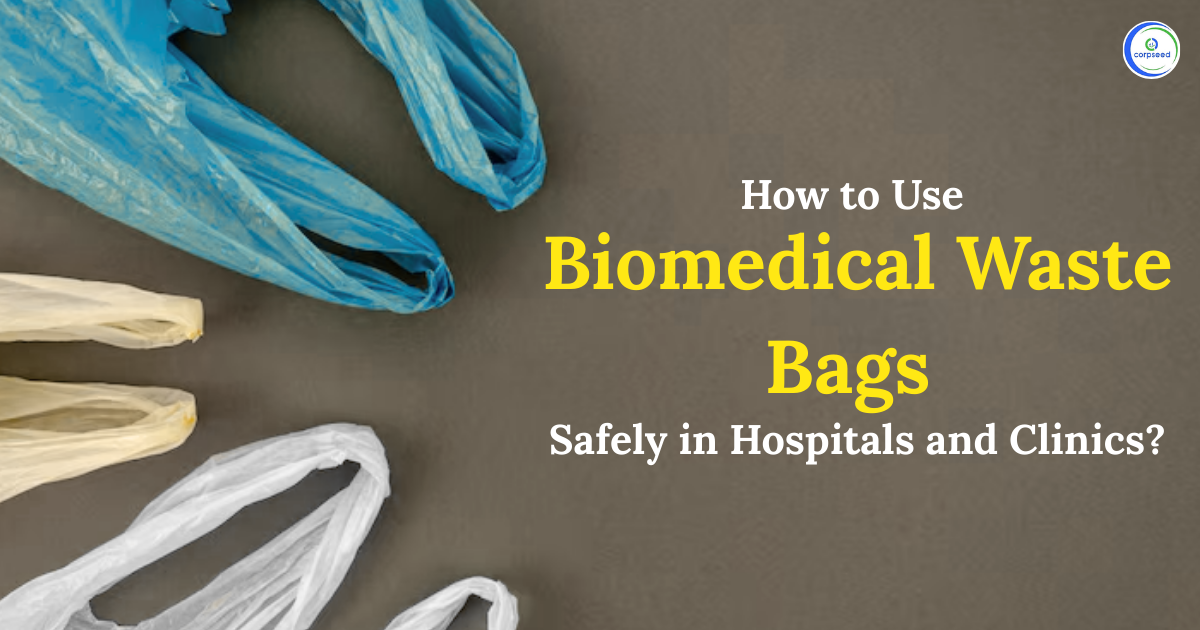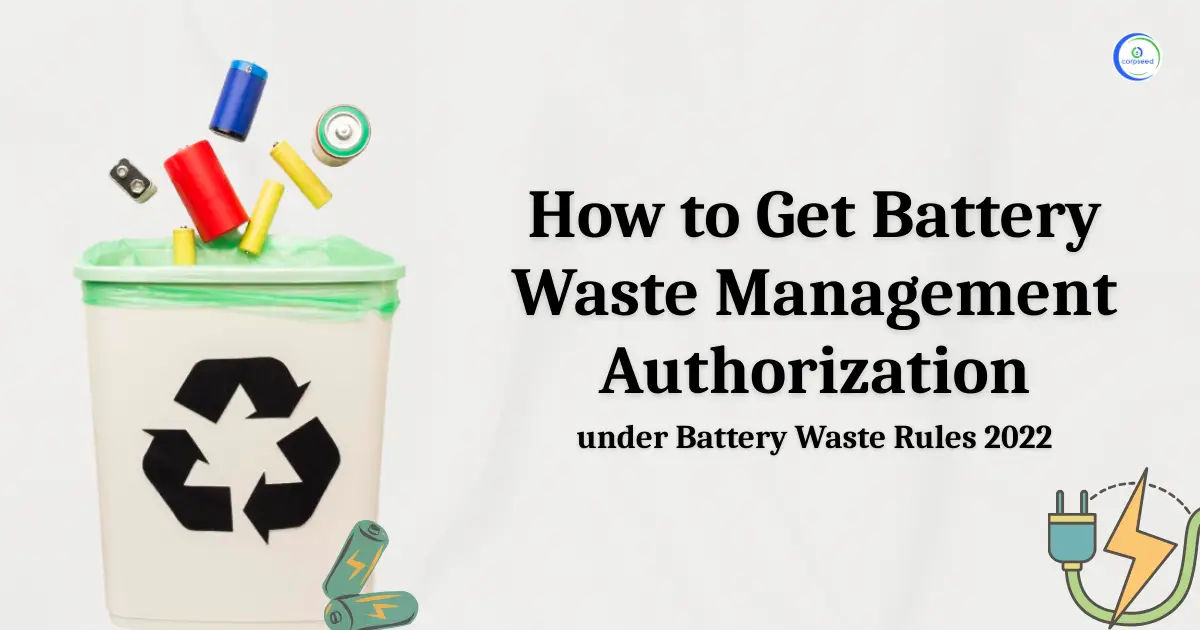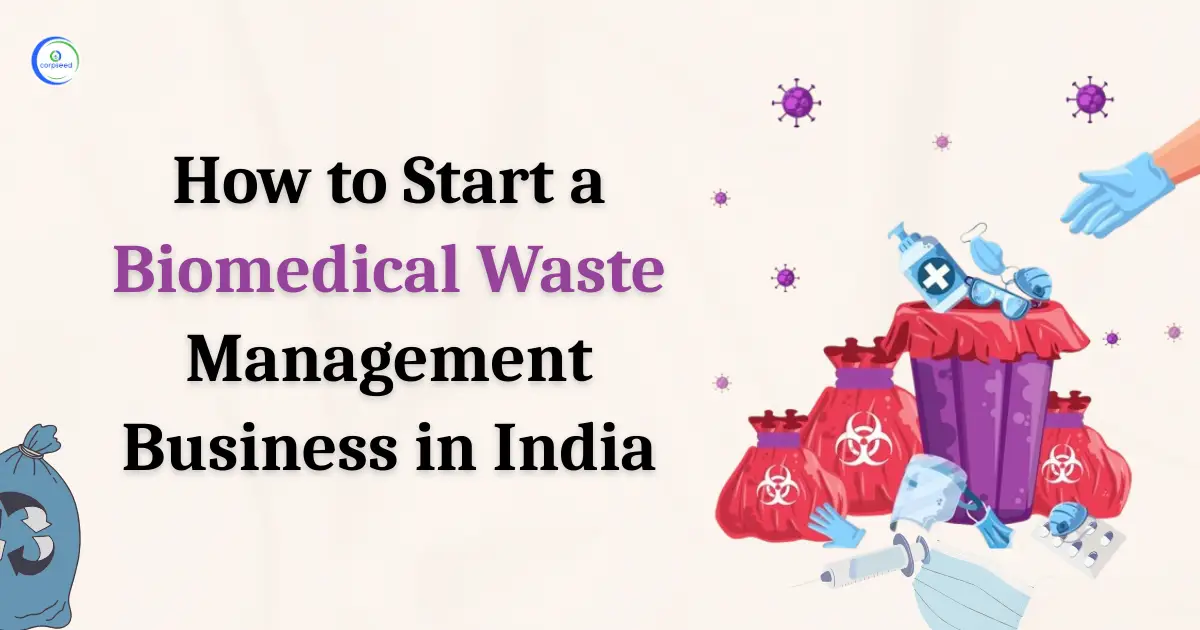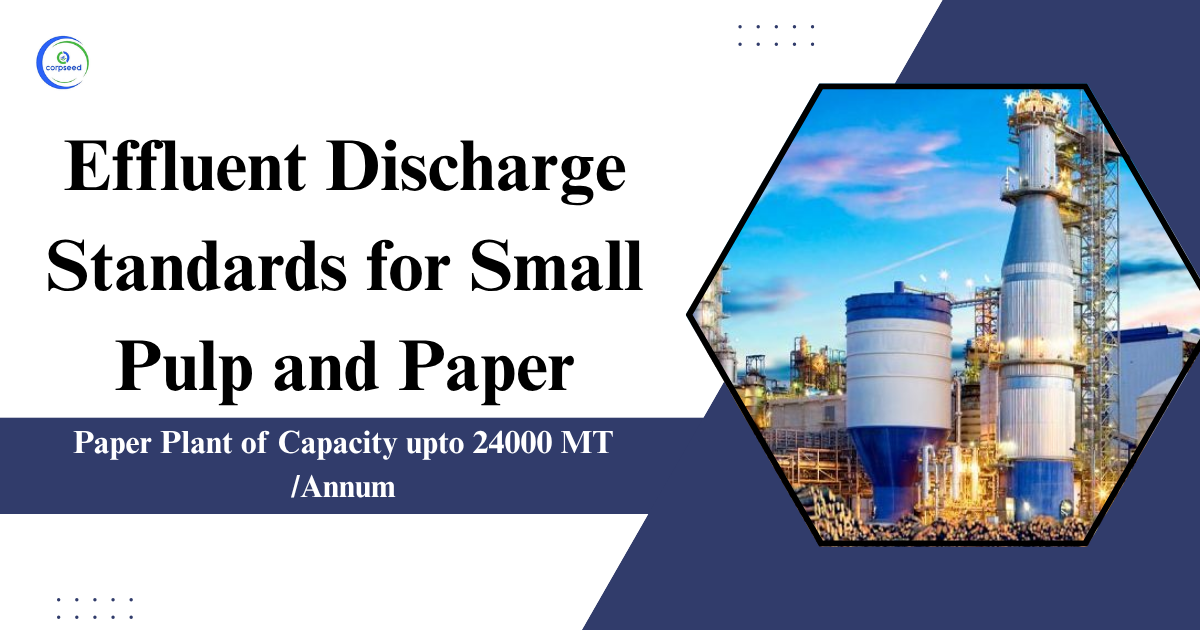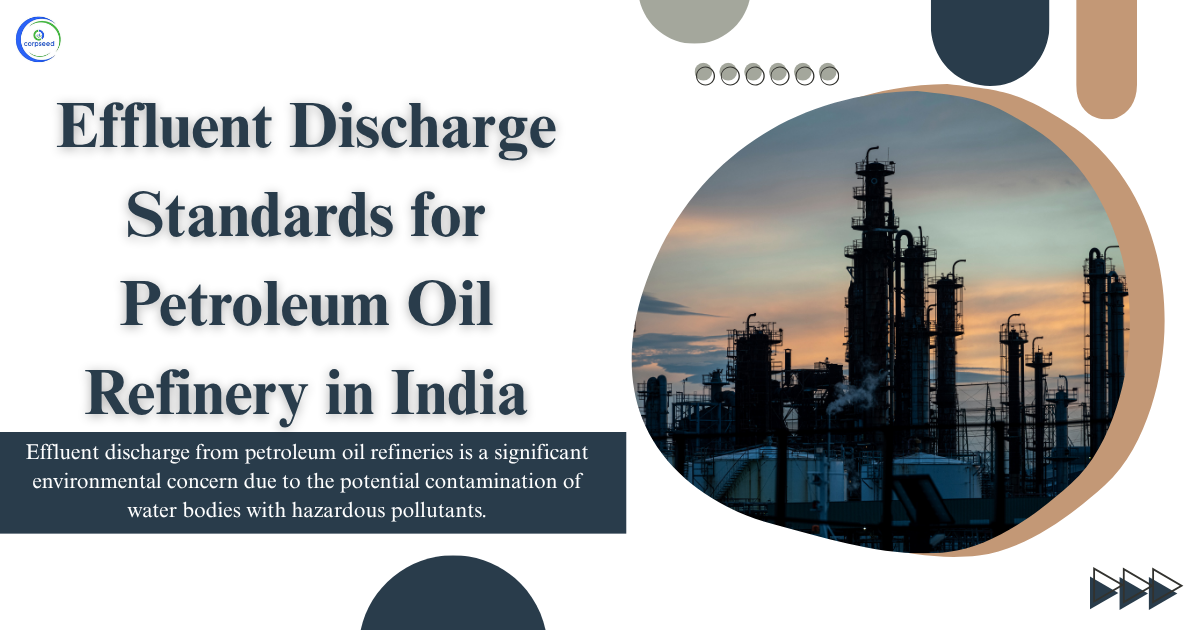In an era where environmental sustainability is at the forefront of global concerns, proper sewage treatment has become more important than ever. Wastewater discharges from sewage treatment plants (STPs) play an important role in protecting water quality and preserving the environment. With increasing urbanization and industrial development, it has become necessary to effectively manage wastewater to prevent contamination of natural water bodies. The Ministry of Environment, Forest and Climate Change (MoEFCC) in India has established specific discharge standards to control the quality of treated sewage released into the environment. By following these guidelines, the government aims to reduce the harmful effects of wastewater, promote sustainable urban development, and ensure that water resources remain safe for consumption, recreation, and biodiversity.
Table of Contents
--------------Blog Contact Form-------------
What is a Sewage Treatment Plant (STP)?
A sewage treatment plant (STP) is a facility designed to treat and purify wastewater generated from domestic, industrial, and commercial sources before it is discharged into natural water bodies. STPs play an important role in preventing water pollution by removing harmful contaminants including solids, organic matter and chemicals from sewage. The treated water, known as effluent, is then safely discarded or reused for non-potable uses such as irrigation or industrial processes. These plants are especially important in densely populated urban areas and industrial areas, where large amounts of wastewater are generated daily.
They help protect local water resources by ensuring that water released into rivers, lakes or oceans meets established environmental standards. Without proper treatment, untreated sewage can introduce harmful pathogens and pollutants into the environment, causing significant harm to aquatic ecosystems and human health. By efficiently treating sewage, STPs contribute to sustainable water management, improve sanitation and help maintain the balance of local ecosystems, ensuring a clean and safe environment for all.
Key Parameters for Effluent Discharge Standards for STP
For sewage treatment plants, wastewater discharge is regulated based on several key parameters that define water quality after treatment. The most important parameters for waste discharge are:
- pH Level: pH measures the acidity or alkalinity of the water. The pH level of sewage effluent should not be too high (alkaline) or too low (acidic), as this can harm aquatic life and upset the natural balance of the ecosystem.
- Biochemical Oxygen Demand (BOD): BOD is a measure of the oxygen required by microorganisms to break down organic matter in water. High BOD indicates high concentrations of organic pollutants, which can deplete oxygen in water bodies, leading to suffocation of aquatic organisms.
- Total Suspended Solids (TSS): TSS refers to the solid particles suspended in the effluent. A high TSS concentration can harm aquatic habitats by blocking sunlight and disrupting the natural flow of water.
- Chemical Oxygen Demand (COD): COD indicates the total quantity of oxygen required to chemically oxidize the organic material in the effluent. High COD levels suggest the presence of harmful chemicals that could contaminate water resources.
- Total Coliform and E. coli: These indicators measure the presence of harmful bacteria in the effluent. Excessive levels can lead to waterborne diseases and pose significant risks to public health.
Effluent Discharge Standards for Sewage Treatment Plants
In India, the Ministry of Environment, Forest and Climate Change (MoEFCC) has set detailed effluent discharge standards for sewage treatment plants to ensure water quality protection. Below is an overview of these standards:
| S.No. | Industry | Parameter | Standards | |
| Effluent discharge standards (applicable to all mode of disposal) | ||||
| 105 | Sewage Treatment Plants (STPs) | Location | Concentration not to exceed | |
| pH |
Anywhere in the country |
6.5-9.0 20 30 <50 <100 <1000 |
||
| Bio-Chemical Oxygen Demand (BOD) | Metro Cities, all State Capitals except in the State of Arunachal Pradesh, Assam, Manipur, Meghalaya Mizoram, Nagaland, Tripura Sikkim, Himachal Pradesh, Uttarakhand, Jammu and Kashmir, and Union territory of Andaman and Nicobar Islands, Dadar and Nagar Haveli Daman and Diu and Lakshadweep | 20 | ||
| Areas/regions other than mentioned above | 30 | |||
| Total Suspended Solids (TSS) | Metro Cities, all State Capitals except in the State of Arunachal Pradesh, Assam, Manipur, Meghalaya Mizoram, Nagaland, Tripura Sikkim, Himachal Pradesh, Uttarakhand, Jammu and Kashmir and Union territory of Andaman and Nicobar Islands, Dadar and Nagar Haveli Daman and Diu and Lakshadweep | <50 | ||
| Areas/regions other than mentioned above | <100 | |||
| Fecal Coliform (FC) (Most Probable Number per 100 milliliter, MPN/100ml | Anywhere in the country | <1000 | ||
Note:
- Metro Cities here means Mumbai, Delhi, Kolkata, Chennai, Bengaluru, Hyderabad, Ahmedabad and Pune.
- All values in mg/l except for pH and Fecal Coliform.
- These standards shall be applicable for discharge into water bodies as well as for land disposal/applications.
- The standards for Fecal Coliform shall not apply in respect of use of treated effluent for industrial purposes.
- These Standards shall apply to all STPs to be commissioned on or after the 1st June, 2019 and the old/existing STPs shall achieve these standards within a period of five years from date of publication of this notification in the Official Gazette.
- In case of discharge of treated effluent into sea, it shall be through proper marine outfall and the existing shore discharge shall be converted to marine outfalls, and in cases where the marine outfall provides a minimum initial dilution of 150 times at the point of discharge and a minimum dilution of 1500 times at a point 100 meters away from discharge point, then, the existing norms shall apply as specified in the general discharge standards.
- Reuse/Recycling of treated effluent shall be encouraged and in cases where part of the treated effluent is reused and recycled involving possibility of human contact, standards as specified above shall apply.
- Central Pollution Control Board/State Pollution Control Boards/Pollution Control Committees may issue more stringent norms taking account to local condition under section 5 of the Environment (Protection) Act, 1986”.
Why Are These Standards Important?
The effluent discharge standards are crucial for several reasons:
- Protecting Water Quality: High levels of pollutants in sewage effluent can severely degrade water quality. Discharging untreated or inadequately treated wastewater into water bodies leads to contamination of rivers, lakes, and groundwater, affecting both aquatic life and human populations.
- Safeguarding Public Health: STPs are designed to remove harmful bacteria, viruses, and pathogens that can cause waterborne diseases. By ensuring that the effluent meets specified standards, the risk of water-related illnesses is minimized.
- Preserving Aquatic Ecosystems: Discharging untreated or poorly treated effluent can deplete oxygen levels in water bodies, disrupting aquatic ecosystems and leading to the death of fish and other organisms. Standards for BOD, COD, and TSS help maintain ecological balance in water systems.
- Promoting Sustainable Development: By adhering to effluent discharge standards, STPs help in creating sustainable urban environments where wastewater treatment contributes to the overall well-being of both people and nature.
- Compliance with Regulations: Adherence to the standards ensures that sewage treatment plants remain in compliance with national regulations, thereby avoiding legal consequences and penalties. It also helps in meeting India's commitments towards environmental sustainability and climate goals.
Monitoring and Enforcement
To ensure compliance with the effluent discharge standards, regular monitoring and enforcement mechanisms are essential. The Central Pollution Control Board (CPCB) and State Pollution Control Boards (SPCBs) are tasked with overseeing and enforcing these standards. These bodies conduct periodic inspections and assessments of STPs to verify whether the effluent discharge meets the prescribed limits. In addition to regular checks, many STPs are equipped with continuous monitoring systems that provide real-time data on parameters like BOD, COD, pH, and TSS. This data is reported to the authorities to ensure compliance and prevent violations. When STPs fail to meet the prescribed standards, they can face penalties, corrective action plans, or even closure. Local authorities also collaborate with environmental organizations to raise awareness about the importance of proper sewage treatment and encourage public participation in maintaining water quality.
Conclusion
The standards for effluent discharge from Sewage Treatment Plants play an indispensable role in protecting the environment and public health. These standards ensure that the wastewater released into the environment is safe and does not pose any risk to aquatic life or human populations. As urbanization continues to rise, the importance of maintaining and strengthening these standards will only increase. Compliance with these regulations ensures that STPs fulfill their role as custodians of clean water, contributing to a healthier and more sustainable future for all. Through effective monitoring, enforcement, and community involvement, India can continue to move towards a cleaner, more sustainable water management system.
This portion of the site is for informational purposes only. The content is not legal advice. The statements and opinions are the expression of author, not corpseed, and have not been evaluated by corpseed for accuracy, completeness, or changes in the law.
BOOK A FREE CONSULTATION
Get help from an experienced legal adviser. Schedule your consultation at a time that works for you and it's absolutely FREE.


.webp)
